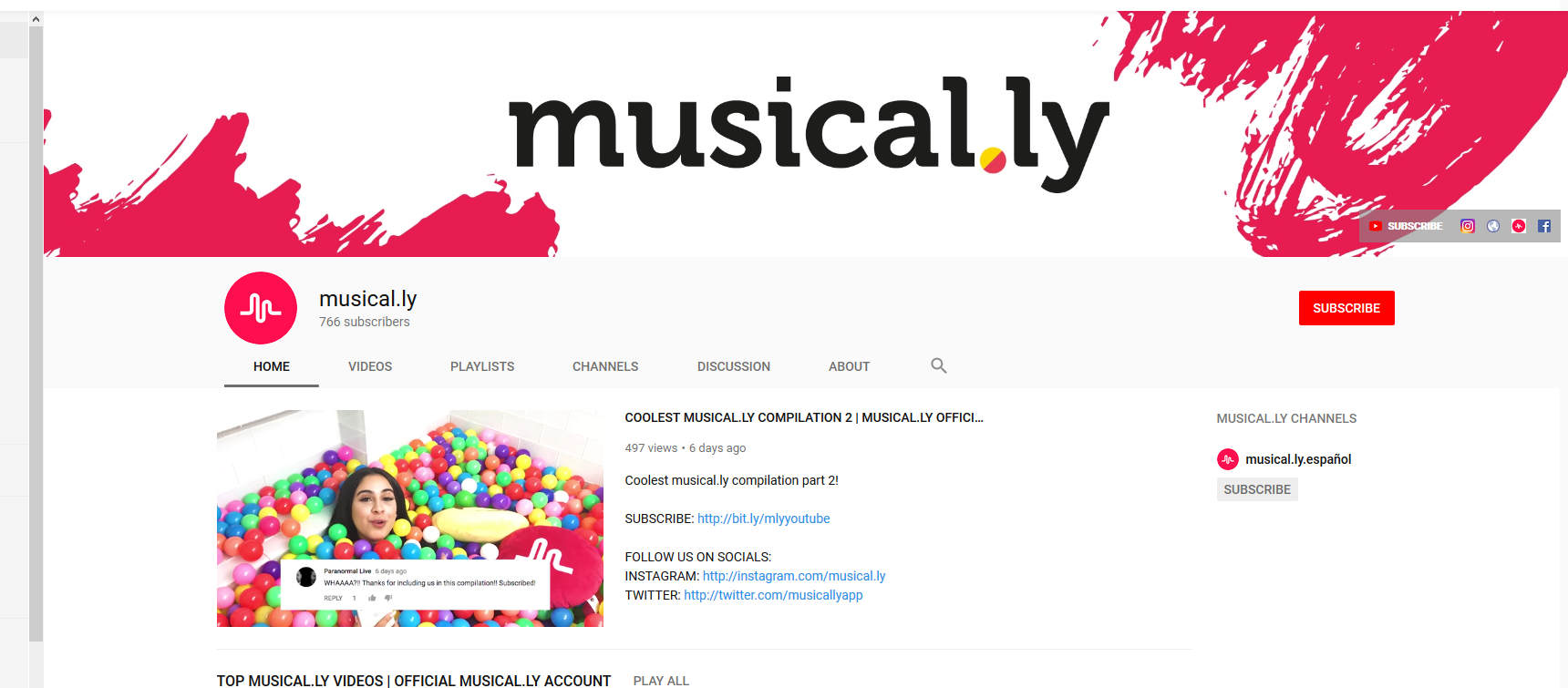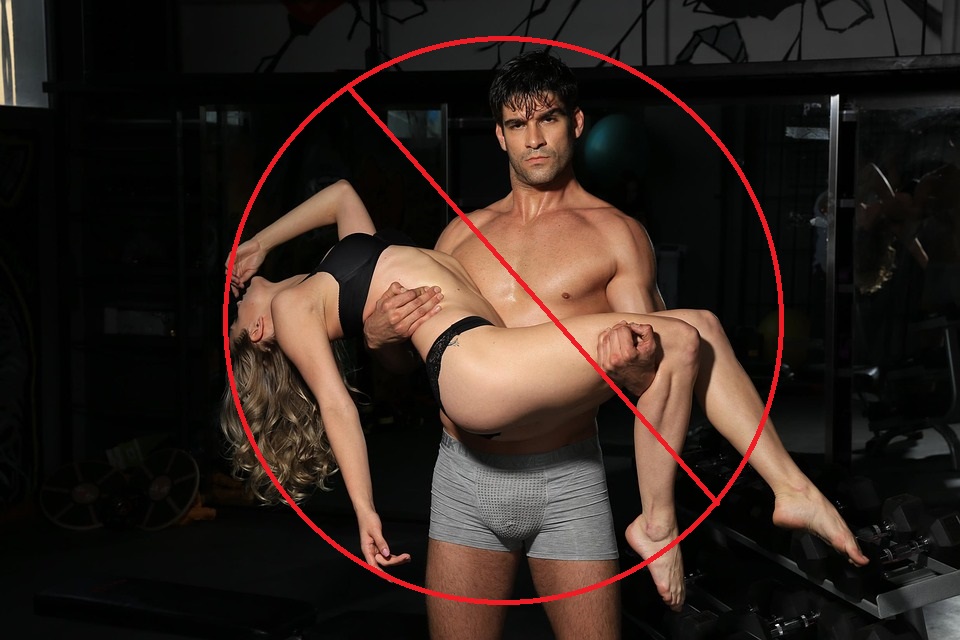A new experiment suggests that pop-up ads can have an adverse effect on consumers’ perceptions of the content.
By MediaStreet Staff Writers
Scrolls ads, a newer style of advertisement designed for mobile screens, show signs of being more effective than older forms of digital advertising. This is according to a new experimental study conducted by The Media Insight Project, a collaboration between the American Press Institute and The Associated Press-NORC Center for Public Affairs Research. This new research has significant implications for a news industry that is constantly searching for new revenue models to finance journalism.
(For the unitiated, a scroll ad is an interactive ad format which is adapted to the reading behavior of your visitors. The ad opens at the bottom right only when the visitor scrolls down. This ad format will close automatically or can closed directly from the visitor.)
An example is here:
“Banner and pop-up ads have been the standard way to advertise online for decades, though they have met consumer resistance, especially in mobile,” said Tom Rosenstiel, executive director of the American Press Institute. “Our research into online advertisements finds that formats designed more recently, and with mobile in mind, strike users as less intrusive and more pleasing. To our surprise, compared with ad formats designed for other web environments, scroll ads can also improve recall of the product being advertised and enhance trust in the article where the ad appears.”
These are some of the results of the online survey experiment conducted with 1,489 participants between November 9 and December 6, 2016, using AmeriSpeak, NORC’s nationally representative survey panel. The online panel interface allows respondents to see and respond to content presented to them digitally, something that is not possible with traditional phone surveys.
Key findings:
- The experiment finds that people are more likely to recall the product accurately if it appears in a scroll ad than if it appears in either a pop-up or static ad. Indeed, 34 percent of users accurately recalled the product from the scroll ad versus 26 percent in static ads and 25 percent in pop-up ads. The differences were even more pronounced if you take just those people who say they noticed the ad at all. The majority of all respondents, 57 percent, fell into this group.
- People are no more likely to notice pop-up ads than they are scroll ads (61 percent vs. 62 percent for scroll) and are less likely to recall the product in pop-up ads, just 41 percent versus 55 percent in scroll ads and 53 percent in static ads. Pop-up ads also have several negative effects. For instance, 61 percent of people say pop-up ads make the article more difficult to read (vs. 37 percent for scroll ads and 19 percent for static ads).
- When readers are interested in the topic of the ad, they are more likely to express some positive evaluations of the article and engage with that article. Overall, people who are interested in the topic of the ad provide more positive evaluations of the article, including that it provides diverse points of view (28 percent vs. 19 percent) and that it is entertaining (32 percent vs. 25 percent). However, those interested in the subject of the ad are no more likely to say the article got the facts right, had a professional appearance, that it was easy to find important information, or that the information was trustworthy.
“Scroll ads should play an even bigger role in online advertising because they appear to be more effective on a range of metrics than pop-up ads and static banners,” said Trevor Tompson, director of The AP-NORC Center. “These ads optimised for mobile produce benefits to the advertiser and the news outlet compared to older styles of digital advertising.”




























